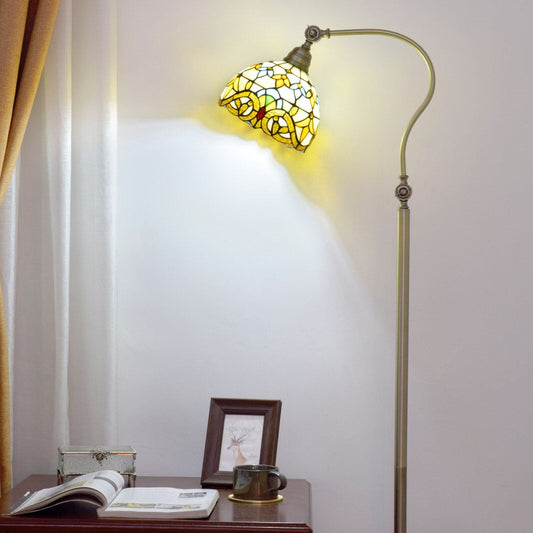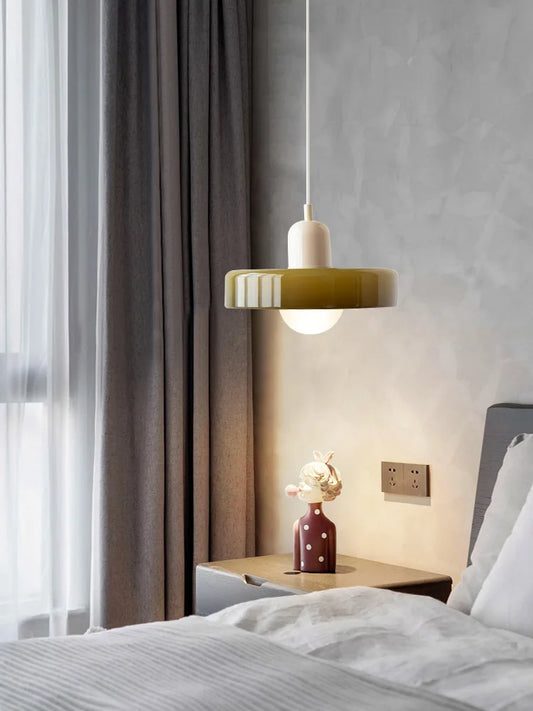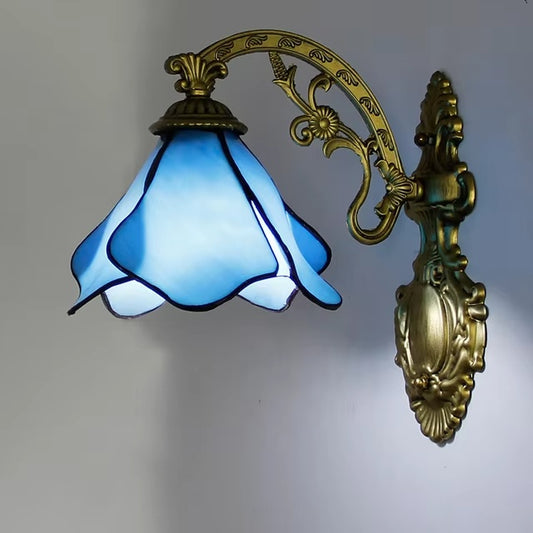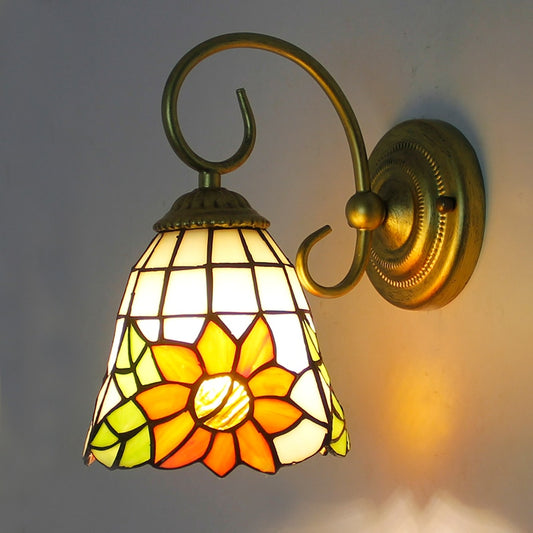Does Stained Glass Block Light? The Truth Behind Its Glow
Share

Stained glass has captivated people for centuries with its vibrant colors and intricate designs. From grand cathedrals to charming home decor, it’s known for its beauty, but a common question persists: Does stained glass block light? The answer isn’t as straightforward as a simple yes or no. It depends on how you define “block” and what effect you’re hoping for. Let's explore how stained glass interacts with light and why it's more about transforming light than blocking it.
Understanding How Stained Glass Affects Light
When light passes through clear glass, it comes through nearly unchanged. Stained glass, however, behaves differently. Its surface is textured, and its material is infused with metal oxides and minerals that give it color. Instead of simply letting light pass through as-is, stained glass filters it, diffuses it, and casts it in new hues. In a way, it “blocks” certain wavelengths of light (the ones absorbed by the colors), but it doesn’t create total darkness.
This is why stained glass is often described as glowing. It diffuses harsh rays, softening them and adding ambiance. This quality makes stained glass a popular choice for lighting fixtures that aim to create a cozy, artistic atmosphere. If you’re curious about adding this effect to your space, you can explore a variety of stained glass lights designed for modern interiors.
Does Stained Glass Reduce Brightness?
Yes, stained glass can reduce the brightness of light, but it's not the same as blocking it entirely. Think of it like wearing sunglasses: they don’t plunge you into darkness, but they do dim the glare while giving everything a tint. Similarly, stained glass softens the light and changes its color temperature, which can be more pleasant than bare, bright bulbs.
For practical purposes, the thickness and opacity of the stained glass determine how much light is diffused. Thicker glass with deep, rich colors might reduce light more noticeably, while lighter shades and thinner pieces allow more illumination to pass through.
In living rooms, dining areas, or reading nooks where mood lighting is preferred over harsh overhead lights, stained glass fixtures strike a perfect balance. A well-placed pendant light with a stained glass shade can provide sufficient lighting for function while enhancing the room's aesthetic with warm, colorful glows.
The Art of Light Diffusion
One of the most magical aspects of stained glass is how it diffuses light. Instead of a single beam, light gets scattered in multiple directions. This diffusion reduces sharp shadows and creates a more even, gentle illumination. The effect can make a room feel softer and more inviting.
For wall-mounted lighting, stained glass is especially effective. A wall sconce with a stained glass shade can illuminate hallways, entryways, or bedrooms with a mellow, artistic light, providing enough brightness without overwhelming the eyes.
This diffused lighting is not only functional but also decorative. The patterns and colors of stained glass change throughout the day as natural light shifts, bringing a dynamic, living artwork into your home.
When You Do Want to Block Light: Privacy and Functionality
While stained glass doesn’t block light entirely, it can provide privacy by obscuring direct lines of sight. Unlike clear glass, stained glass prevents people from seeing through to the other side, making it ideal for front doors, bathroom windows, or any area where privacy is desired without sacrificing natural light.
The same principle applies to lighting fixtures. Stained glass shades help prevent the harsh glare of exposed bulbs, making them a perfect choice for spaces where you want light that’s more ambient than direct. For example, a stained glass pendant light over a kitchen island can create a pleasant glow without being too intense, fostering a cozy and inviting atmosphere for family gatherings.
Energy Efficiency: Does It Matter?
Some people worry that stained glass fixtures might require brighter bulbs to compensate for light diffusion. However, with the widespread use of energy-efficient LEDs, this concern is mostly outdated. LEDs are powerful and efficient, and they can easily provide enough light even when paired with stained glass shades.
In fact, the diffusing effect of stained glass can enhance the appearance of LED lighting, softening its sometimes harsh tone and giving it a more natural, comfortable glow. If you're redesigning a space and want to combine energy efficiency with artistic beauty, stained glass lighting can be an excellent choice.
Stained Glass in Modern Interiors
While often associated with traditional or vintage aesthetics, stained glass has found a place in contemporary design as well. Modern stained glass fixtures feature sleeker lines, minimalist patterns, and neutral-toned colors, making them versatile enough to blend with modern, boho, or even industrial styles.
For instance, a geometric pendant light with stained glass panels can serve as a statement piece in a dining area or office, adding a pop of color without overwhelming the space. Likewise, a stained glass wall sconce in muted tones can introduce warmth to stark, modern walls.
Is Stained Glass Right for Every Room?
Choosing stained glass fixtures depends on the mood you want to create. For spaces where bright, task-oriented lighting is essential, like home offices or kitchens, you might want to combine stained glass with other, more direct lighting sources. However, for areas dedicated to relaxation, ambiance, or visual impact, stained glass is ideal.
Living rooms, bedrooms, entryways, and dining rooms are all excellent candidates for stained glass lighting. These spaces benefit from softer, diffused light that enhances comfort and visual appeal. An intricately designed stained glass light fixture can become the centerpiece of such rooms, turning functional lighting into a work of art.
Conclusion: Does Stained Glass Block Light? Not Quite.
So, does stained glass block light? Technically, it filters and diffuses light rather than blocking it outright. It reduces brightness to a comfortable level, softens harsh rays, and transforms plain white light into a colorful glow. The result is a unique ambiance that balances functionality with artistic expression.
For homeowners seeking to add character and warmth to their interiors, stained glass lighting offers a timeless solution. Whether it’s a vibrant pendant light for your kitchen, an elegant wall sconce for your hallway, or a decorative stained glass lamp for your living room, these fixtures do more than just light up a room—they transform it.
If you’re ready to bring the magic of stained glass into your home, explore our curated collection of stained glass lighting at Decorstly. Discover how light, color, and artistry can come together to create a living space that feels both inviting and extraordinary.






